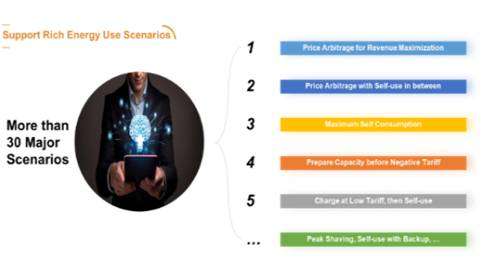Islamabad-Overall economic outlook shows an optimistic picture of the economic performance in the coming months, while the government expects that CPI inflation will show a declining trend in October and will remain in the range of 21- 22.5 percent as against 23.20 percent during the previous month.
The CPI inflation is declining, rupee has gained stability, current account balance is on improving trend, said the monthly Economic Update and Outlook October 2022 released by the Ministry of Finance here on Sunday. These development indicate that economic activity will remain positive and persistent in coming months, said the report. The declining international commodity prices are expected to offset the inflation spikes that emerged due to domestic supply shocks. Nevertheless, it can be expected that YoY CPI inflation in the month of October will maintain its declining tendency observed in September. It is expected that CPI inflation will remain in the range of 21- 22.5 percent.
The balance of trade in goods and services improved in September 2022. The outlook for October revealed that the trade balance will improve in the coming months on account of import contraction due to a deceleration in domestic economic activities and aggregate demand. However, exports scenario may improve due to revival of infrastructure in flood areas of the country. Remittances are expected to revert back to around the level of $2.7 billion. Therefore, in the baseline scenario, the current account balance is expected to move to equilibrium or even a slight surplus. Moderating inflation also contributes to exchange rate stability, which in the benign case may generate a virtuous inflation-exchange rate cycle. Further, the exchange rate stability requires sound economic fundamentals. Besides inflation, also a manageable current account deficit and guaranteed financing of this deficit by healthy financial inflows are required.
In the baseline short to medium run, helped by sound domestic fiscal and monetary policies, the current account deficit is expected to reduce. A major risk factor, though, relates to the necessary imports to absorb the devastating consequences of the floods. However, downward revision of Pakistan’s main trading partners’ outlook may have a downside risk for exports in coming months. For fiscal sector, catastrophic flood require rehabilitation and massive expenditures which will pose significant challenge for fiscal consolidation. On the other hand, growth prospects have weakened, along with contained economic activities and low demand will impact on resource mobilisation. Thus, FY2023 is moving with challenges, seeking balance policy mix for stabilisation. Further, there is need to enhance the productive capacity and productivity in each sector to substitute imports by domestic production and provide more supply capacity to the foreign markets.
The fiscal deficit during July-August FY2023 has been recorded at 0.9 percent of GDP. In the first two months of the current fiscal year, net federal revenues grew by 12.3 percent. SBP has maintained the policy rate at 15.0 percent. During 1st July – 30 September, FY23 money supply (M2) shows growth of 1.5 percent. The Current Account posted a deficit of $2.2 billion for July-September FY2023. Preliminary estimates of important Kharif crops 2022 reported a decline in the production of sugarcane, rice, maize, and cotton due to floods.
The farm tractors production and its sales declined by 36.2 percent (7,991) and 30.3 percent (8,379), respectively in July-September FY2023. During July-September FY2023, the agriculture credit disbursement increased by 31.5 percent to Rs383.8 billion as compared to Rs291.9 billion during same period last year. During Kharif 2022 (Apr-Sep), urea and DAP off-take was 3,137 thousand tonnes (3.7 percent less than Kharif 2021) and 491 thousand tonnes (44.8 percent less than Kharif 2021). The performance of the industrial sector remained under pressure amid global headwinds and the floods. In Pakistan the stabilisation measures in the form of monetary and fiscal tightening, import compression strategies to correct the imbalances also suppressed the LSM by 0.4 percent during July-August FY2023 against the growth of 11.3 percent in the same period last year. However, on YoY basis, LSM inched up by 0.6 percent while by 3.9 percent on MoM basis.







